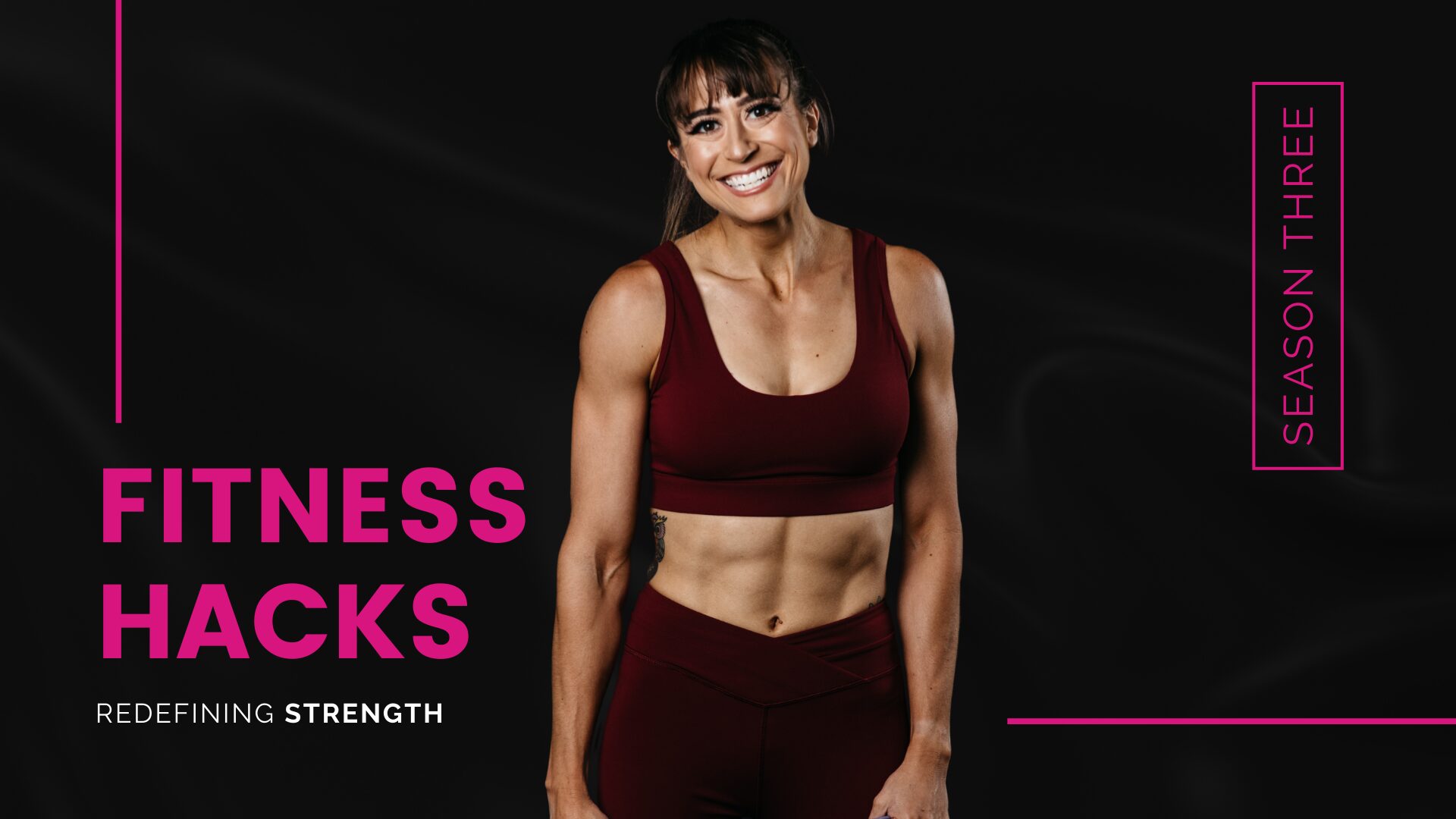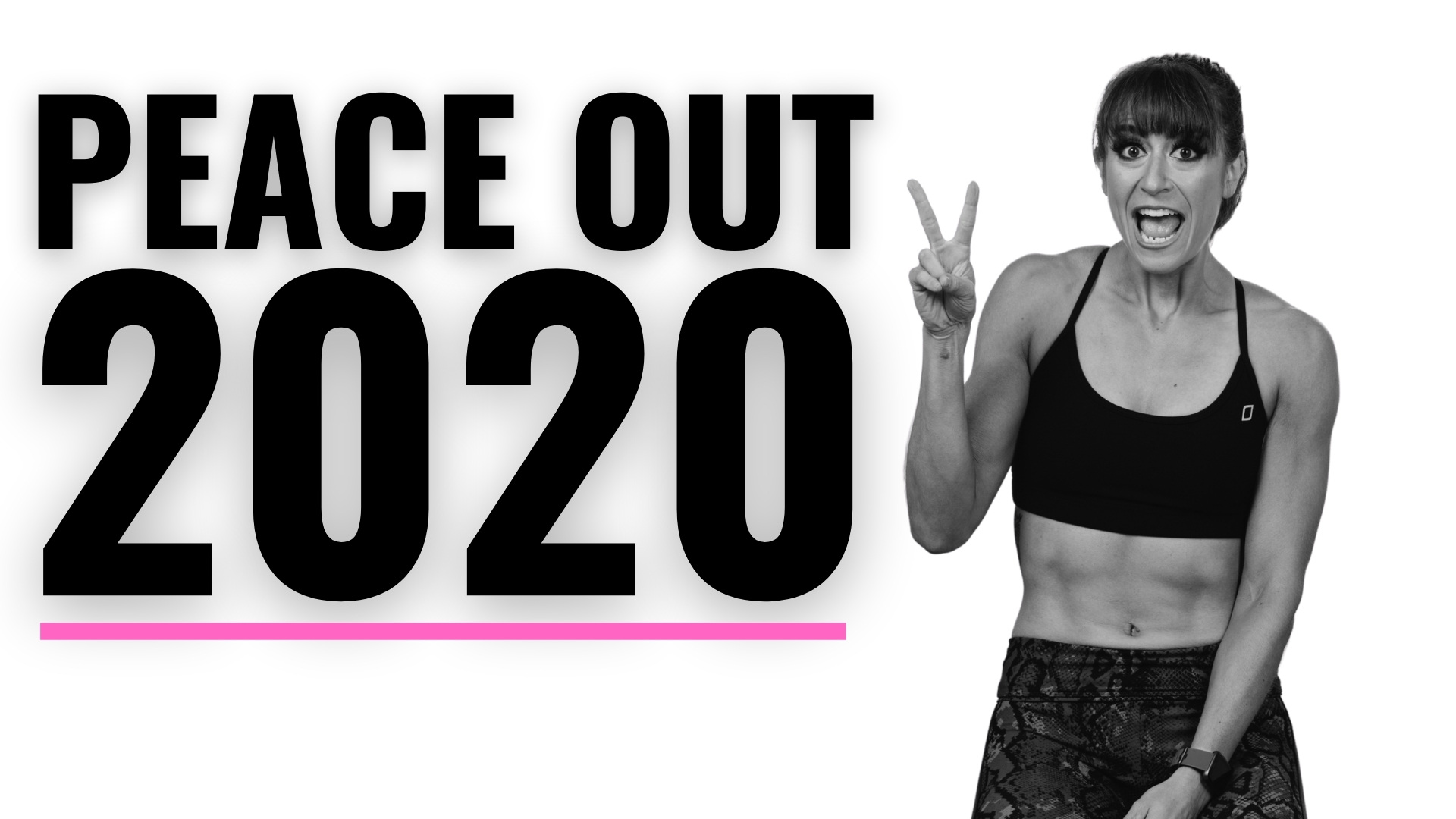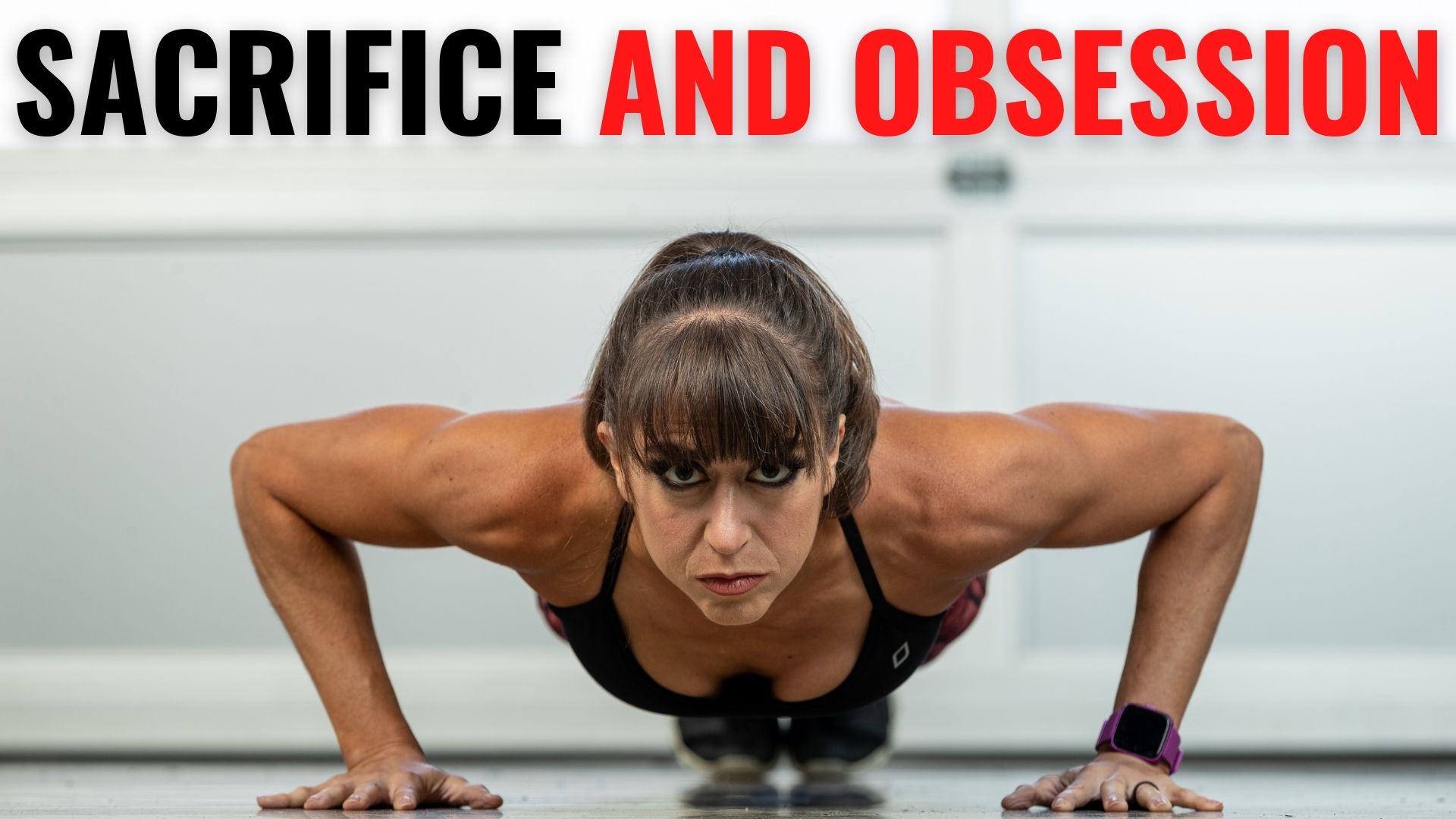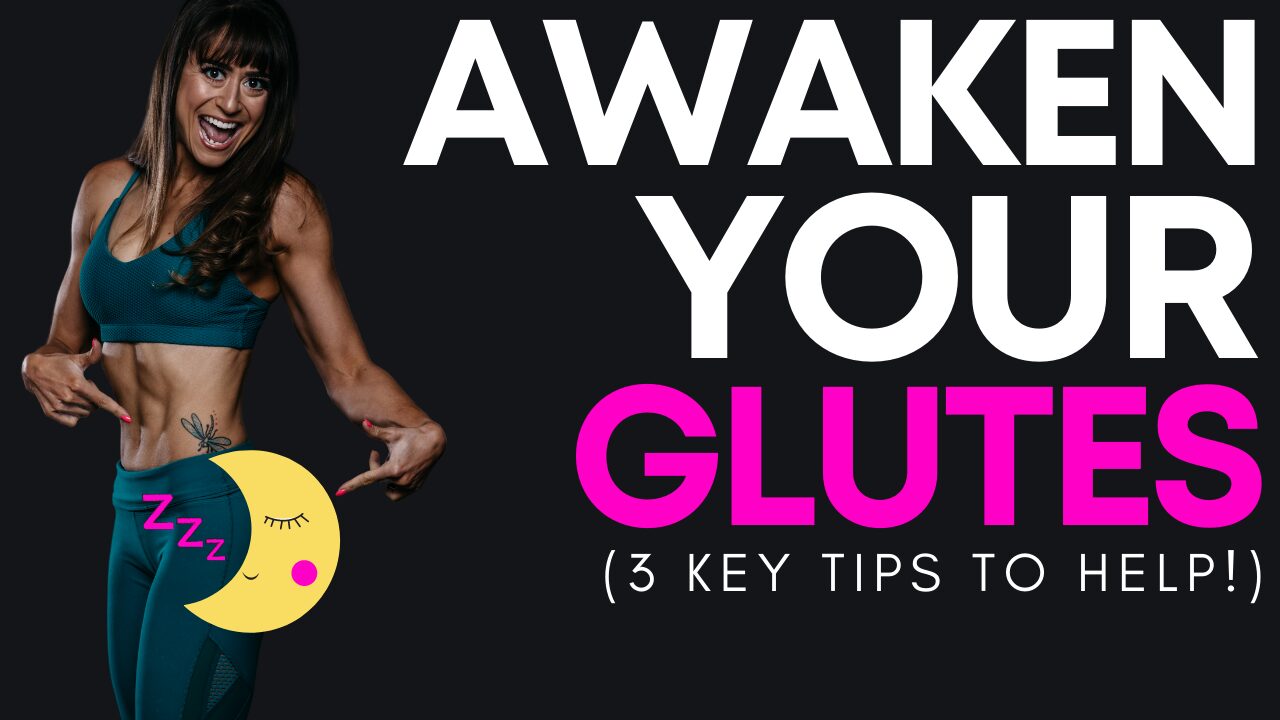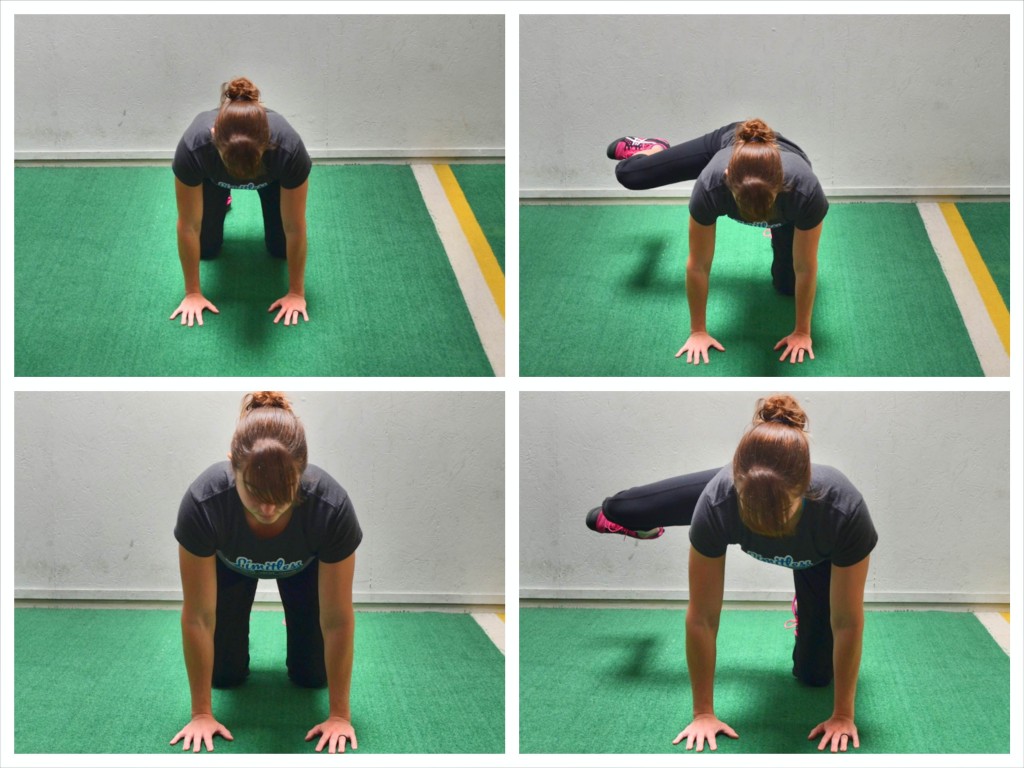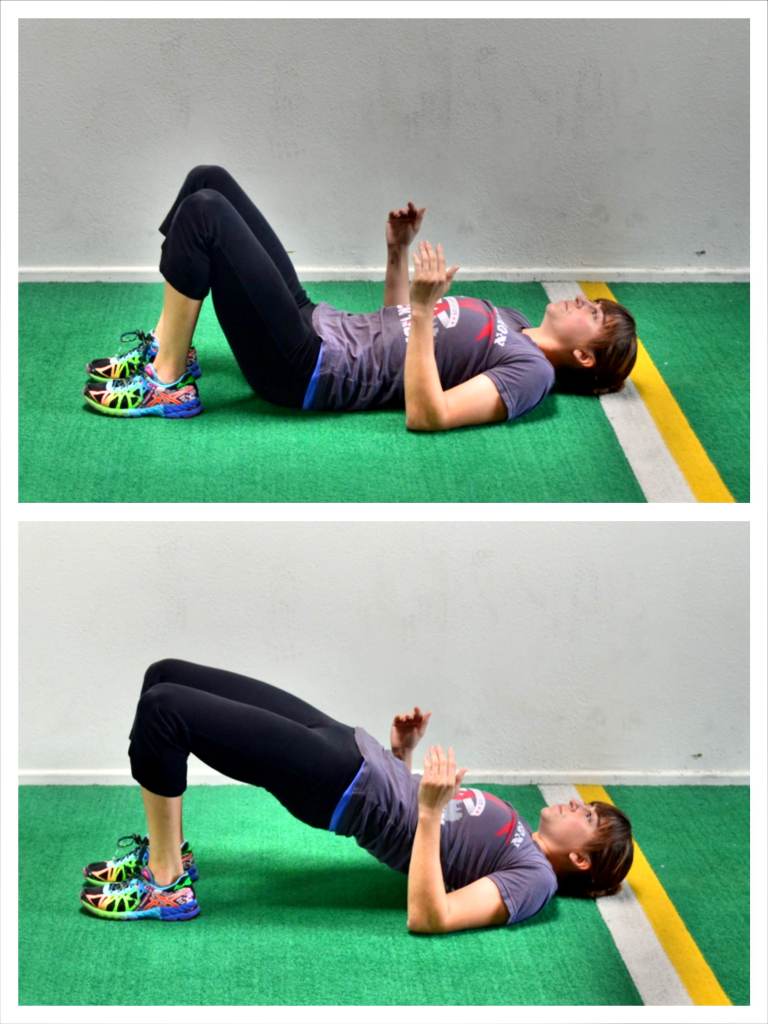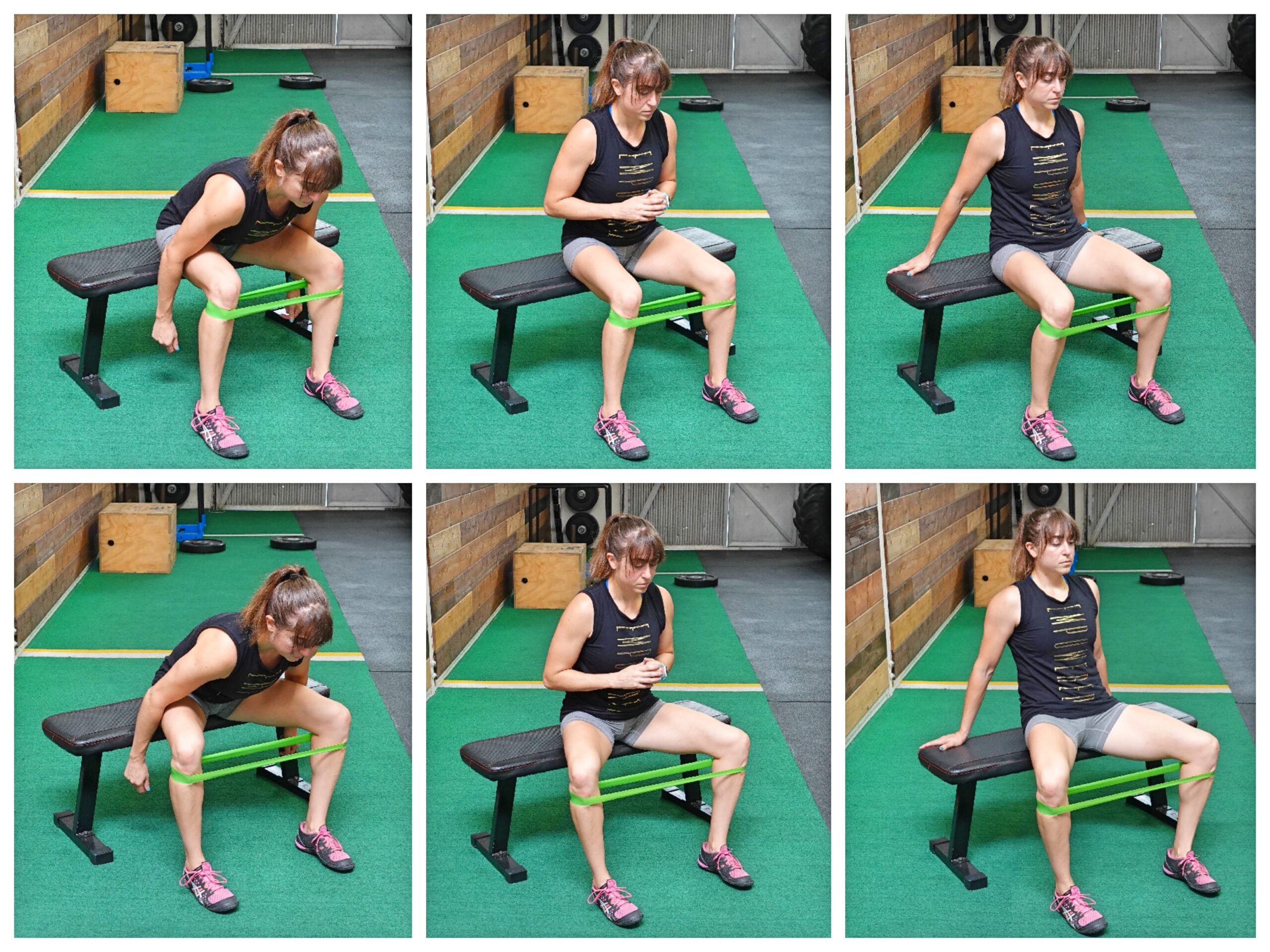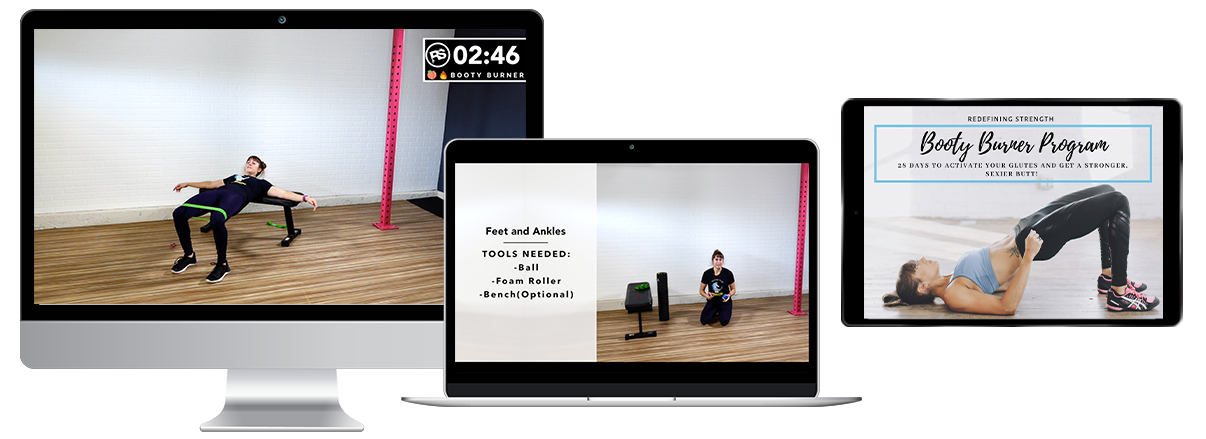You may be thinking, “Awaken my glutes?!” But if they weren’t awake, how could I stand up!?
While our glutes are working, otherwise we wouldn’t be able to stand up, that doesn’t mean they’re functioning well let alone optimally.
And the fact that you aren’t able to utilize that oh so powerful muscle group efficiently or effectively may be why you have lower back, hip, knee, groin, hamstring…even ankle aches and pains.
It’s also why terms like “dead butt,” “sleepy butt” and “gluteal amnesia” have become more and more popular.
So then why may we be struggling to awaken our glutes?
Unfortunately, our daily desk job, or work posture, may be partly to blame.
We often spend far too much time seated, which keeps our hips in constant flexion. This consistent hip flexion leads to overactive and tight hip flexors and underactive glutes.
You may be thinking, “Well I squat and deadlift if my workouts so shouldn’t that then activate my glutes?”
The simple answer is…
No.
And the whole “squat for a better butt thing” may actually be why you AREN’T seeing the glute results you want!
While squats and deadlifts are AMAZING and ESSENTIAL compound moves, we can often use improper recruitment patterns to try and mimic proper movement patterns when performing these moves.
Say whaaat?!
Basically, we’re using the wrong muscles to try and make the move look correct.
It’s why you may feel your lower back during deadlifts over your glutes. Or feel only your quads during squats. Or maybe even your hamstrings during glute bridges.
All of these muscles are becoming overworked trying to take on extra because your glutes aren’t pulling their weight.
And this compensation is what leads to overload of muscles that shouldn’t be made to carry the load of work they’re being asked to perform.
And that overload is what leads to injury.
That’s why I wanted to share 3 key tips to help you awaken your glutes BEFORE you lift, run or ride!
How To AWAKEN YOUR GLUTES – 3 Keys:
These 3 key tips will help you establish a more efficient mind-body connection to engage those glutes properly during exercises.
They focus on a key, but often missing component. of our warm up and prehab process – ACTIVATION EXERCISES.
Whether due to our modern desk job posture or even previous injury, all too often we have imbalances and compensations we need to correct.
These tips will help you do that to get those glutes firing!
1. Isolate To Activate
So you may be thinking, “What even are activation exercises?”
Activation exercises are very isolated movements that help you focus on only the muscle you actually want to work working.
These very isolated movements are the perfect way to make sure you’re actually engaging, or activating, the muscle you want to work.
In this case, your GLUTES!
Activation moves are isolation exercises done with bodyweight or very light loads. They aren’t the moves you focus on adding heavy loads to.
They generally have smaller ranges of motion and create peak tension on the glutes when the muscles are shortened.
These activation moves are often the “silly-looking” moves we dismiss because we think only women wearing leg warmers do them to get a bigger butt.

But these very targeted moves help us focus on what we feel working.
You want to think about these moves as a chance to use your MIND to engage the muscles harder not on trying to progress the weight you can lift.
You want to be thinking, “What do I actually feel working?” And actually KNOW what you feel working.
When you use these moves in your warm up, you’ll perform higher reps for fewer sets.
You want to create a “burn” or “pump” with these moves. This pump makes it easier for you to then know your glutes are working when you go into compound lifts or hit the trails.
But you don’t want to go to fatigue with these moves. You just want to feel your glutes working, feel that burn build, then stop and move into your training!
You also need to remember, you are NEVER above these basics. And the better your mind-body connection?
The easier it should be to feel those glutes working even with a very basic, simple moves such as the bodyweight glute bridge!
2. Activate And Stretch
Often when our hips feel tight, or we know we’ve spent far too much time seated, we turn to stretching.
But so often when we stretch, we’re only focused on relaxing the overactive muscle. We aren’t focused on then getting the correct muscles working.
It’s why it can feel like we spend all of this time stretching to just constantly end up tight again!
So while stretching is an important component of your mobility routine, it’s key we realize that by focusing on activation exercises we are also stretching out those tight and shortened hip flexors.

Through a process called reciprocal inhibition you are stretching out your hips by activating your glutes.
Reciprocal inhibition is a neurologic process where muscles on one side of a joint relax to accommodate the contraction of muscles on the other side of that joint.
Your glutes contract, which means your hip flexors then have to relax to allow the extension.
It’s why it’s so key we include those isolation activation exercises.
They allow us to focus on actually engaging our glutes to correctly perform hip extension and therefore relax and stretch those tight hip flexors.
Too often when we ask our body to perform hip extension if we haven’t first “awakened” our glutes, we end up arching our lower back to compensate or even end up creating other pelvic alignment issues in an attempt to mimic the movement pattern we can’t correctly control.
That’s why we want to include these activation moves to not only stretch but also engage those underactive muscles!
These activation moves allow us to improve our hip mobility AND our hip stability to prevent aches and pains so we can run faster, cycle further and lift more.
3. Use Different Postures And MultiPlanar Movements
When we think about our glutes, we have to consider all of the joint actions this muscle group performs – hip extension, hyperextension, abduction, external rotation.
That’s why it is key we address all 3 glute muscles and include activation moves that move our hips through multiple planes of motion.
You want to include things like lateral raises but also bridges and reverse hypers. You want to think about moves that are straight lateral raises to the side but that also include rotation.
And then you also want to consider different POSTURES.

While it may seem like a small tweak to a move, slightly different body positions can impact how easily we are able to establish that mind-body connection to engage those glutes. And different postures can even impact what aspect of each glute muscle we activate.
Based on our builds, and even previous injuries and mobility restrictions, we may find some positions harder than others to properly activate our glutes in.
This doesn’t mean we avoid these movements. It just means we need to build up to them or even include other moves FIRST to help establish that mind-body connection BEFORE we implement those moves we struggle with.
It’s why doing a seated clam type movement may be easier for you than a side lying variation.
While both are needed, as you want to be able to engage your glute medius through different degrees of hip flexion and hip extension, you also want to make sure to start with the move you can control and build up to the movement you struggle with.
If you just implement the other movement while NOT feeling the correct muscles working? You may end up making your aches and pains worse by PERPETUATING those improper recruitment patterns.
Basically, you’ll keep overloading the muscles that are overworked even while doing the supposedly “right” moves.
Being able to engage the correct muscles is key if we want to avoid injury and truly build functional strength.
It’s why we want to include a diversity of activation moves that work our glutes in multiple planes of motion using different postures!
READY TO AWAKEN YOUR GLUTES?
If you want results, you can’t just randomly string moves together “hoping” they’ll work.
You need to create a clear plan and progression.
And it’s not just enough to find the supposedly “best” activation moves and then just use those.
You need to actually be conscious of what you FEEL working during those exercise.
The “right” moves don’t get results if the correct muscles aren’t working.
Sometimes slight tweaks to form make all the difference…like turning down your toe and internally rotating that lower leg on lateral raises so your TFL doesn’t compensate for your glute medius!
Or like driving your knees toward your toes when you bridge up so you don’t feel your hamstrings or lower back taking over for your glutes.
That’s why I created my Booty Burner program.
I wanted to help clients activate their glutes with quick series they could even ultimately use as part of their warm up routine before their lifting sessions, runs or rides.
I wanted to help them establish that mind-body connection to improve their hip stability and mobility to avoid lower back, hip and even knee pain.
I wanted to show them how they could isolate to activate, activation and stretch and use different postures and multiplanar movements to get the amazing results they wanted.
I wanted to take all of the guesswork out of awakening those glutes to create those more efficient and effective recruitment patterns.
So if you’re ready to have a clear plan laid out for you with FOLLOW ALONG WORKOUT VIDEOS so I can coach you through the moves and help you modify as you need to actually get your glutes working?
Then it’s time to start my Booty Burner series!
These series, ranging from 3 minutes to 15 minutes are a great way to establish that mind-body connection and truly build strong glutes with a clear plan laid out for you!
Get the workouts and awaken those glutes TODAY!
–> The Booty Burner Workouts

